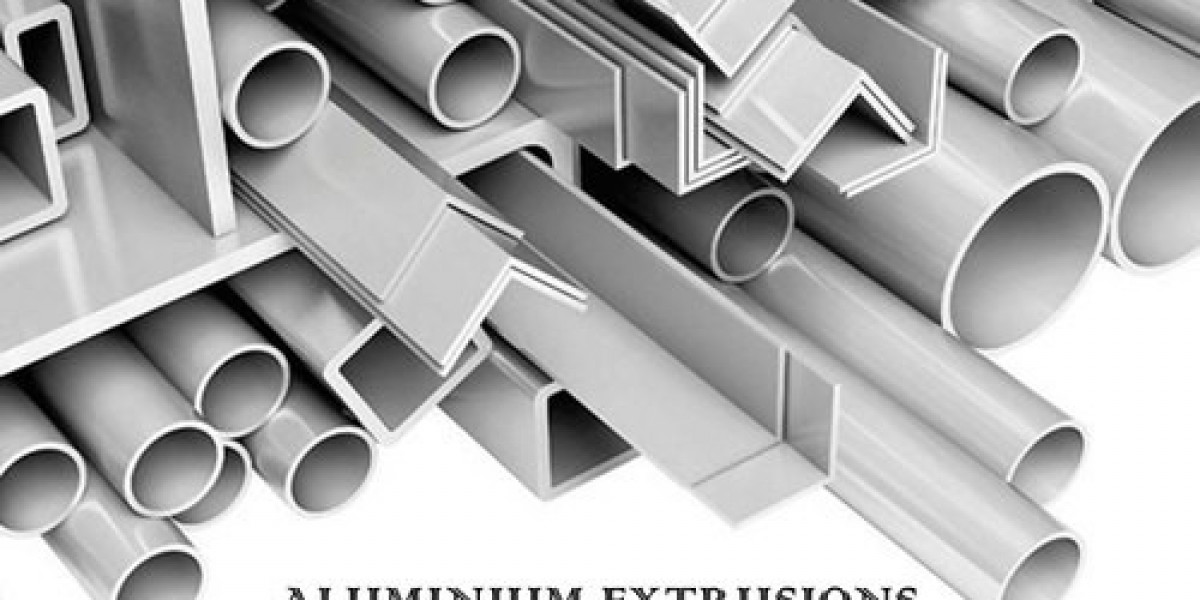Aluminum prices are subject to a variety of factors that influence market trends and dynamics. In this article, we'll explore the key factors that drive fluctuations in aluminum prices, providing insight into the complexities of the aluminum market.
1. Global Supply and Demand Dynamics:
- Aluminum prices are heavily influenced by global supply and demand dynamics. Changes in demand from industries such as automotive, aerospace, construction, and packaging can have a significant impact on market prices.
- Economic growth, industrial production, and infrastructure development in major consuming regions all play a role in shaping aluminum demand and, consequently, its pricing.
2. Production Costs and Raw Materials:
- The cost of producing aluminum, which includes factors such as energy, labor, and raw materials like bauxite and alumina, directly affects market prices. Fluctuations in energy prices, particularly electricity, can impact production costs.
- Changes in the prices of key raw materials, such as alumina, can also influence aluminum prices. Supply disruptions or changes in mining regulations can affect the availability and cost of raw materials.
3. Currency Exchange Rates:
- Aluminum is traded globally, with prices denominated in various currencies. Exchange rate fluctuations between major currencies like the US dollar, euro, and Chinese yuan can affect the competitiveness of aluminum producers and impact global pricing trends.
4. Trade Policies and Tariffs:
- Trade policies, tariffs, and trade disputes between major aluminum-producing and consuming countries can disrupt supply chains and influence market prices. Trade tensions, import duties, and export restrictions can create uncertainty and volatility in aluminum markets.
5. Market Speculation and Investor Sentiment:
- Financial market factors, including investor sentiment and speculative trading, can impact aluminum prices. Speculative trading in futures markets and investor expectations about future demand and supply conditions can lead to short-term price fluctuations.
6. Environmental and Regulatory Factors:
- Environmental regulations, sustainability initiatives, and carbon pricing mechanisms can influence aluminum prices by affecting production costs and operational efficiency. Increasing emphasis on environmentally friendly production processes and recycling efforts can impact market dynamics.
Conclusion: Aluminum prices are influenced by a complex interplay of global supply and demand dynamics, production costs, currency exchange rates, trade policies, market speculation, and environmental regulations. Understanding these factors is essential for stakeholders in the aluminum industry to make informed decisions and navigate the challenges and opportunities presented by the dynamic aluminum market.







